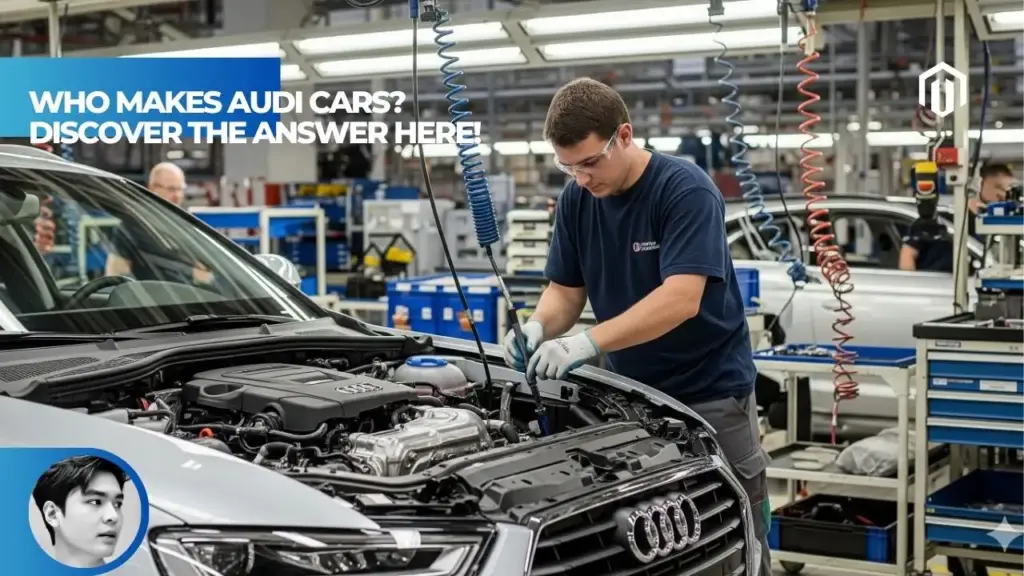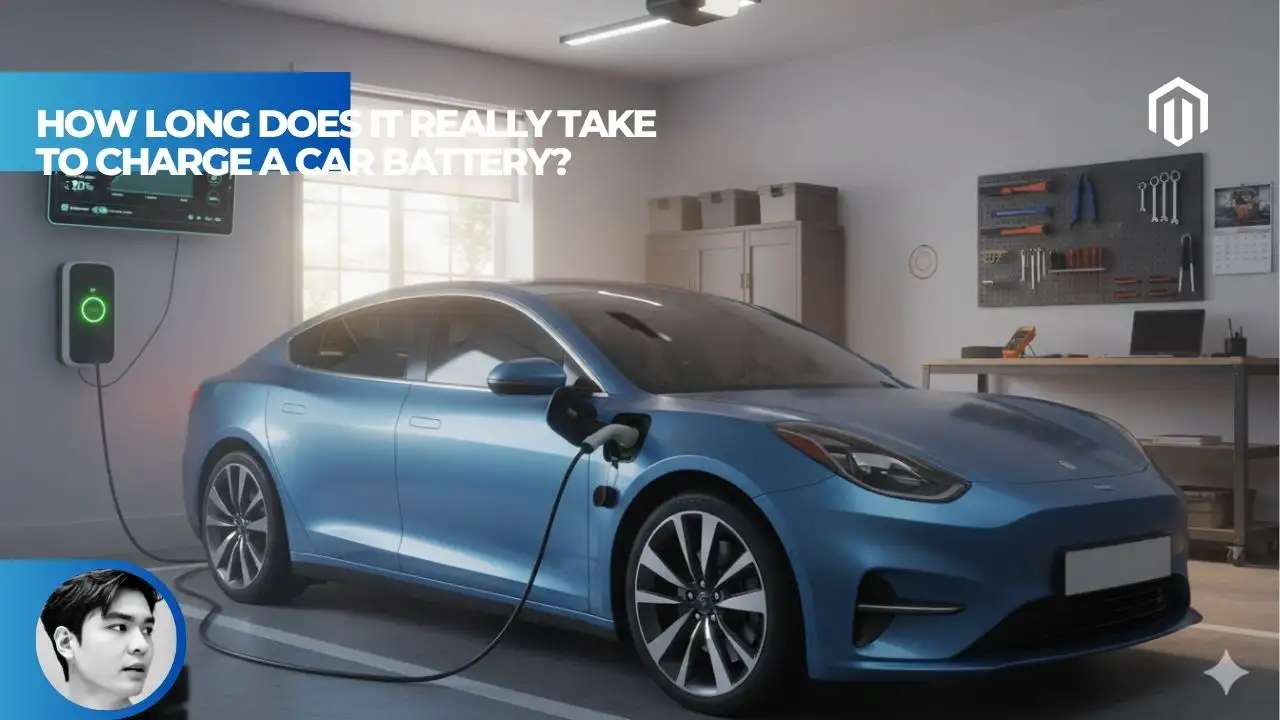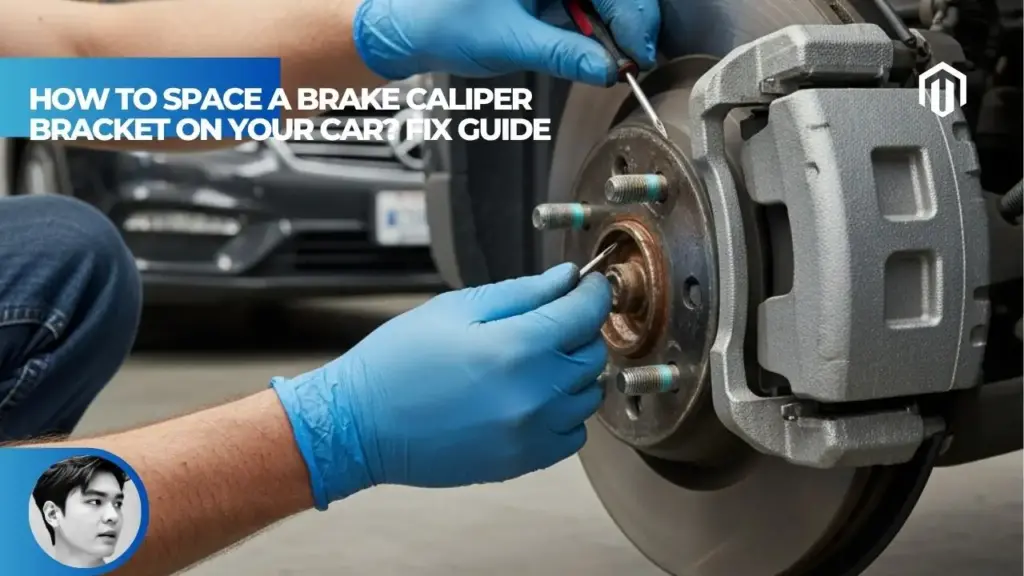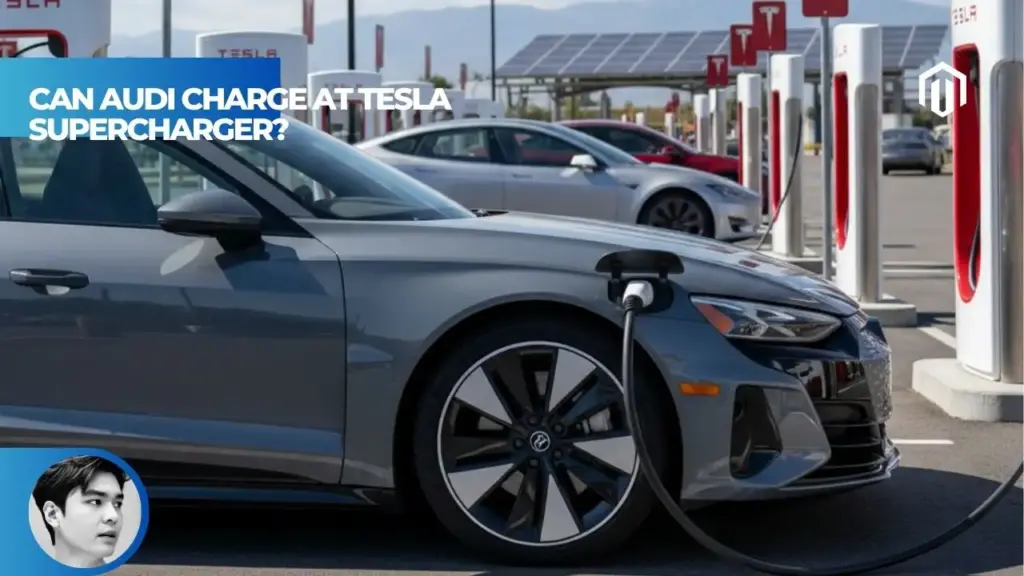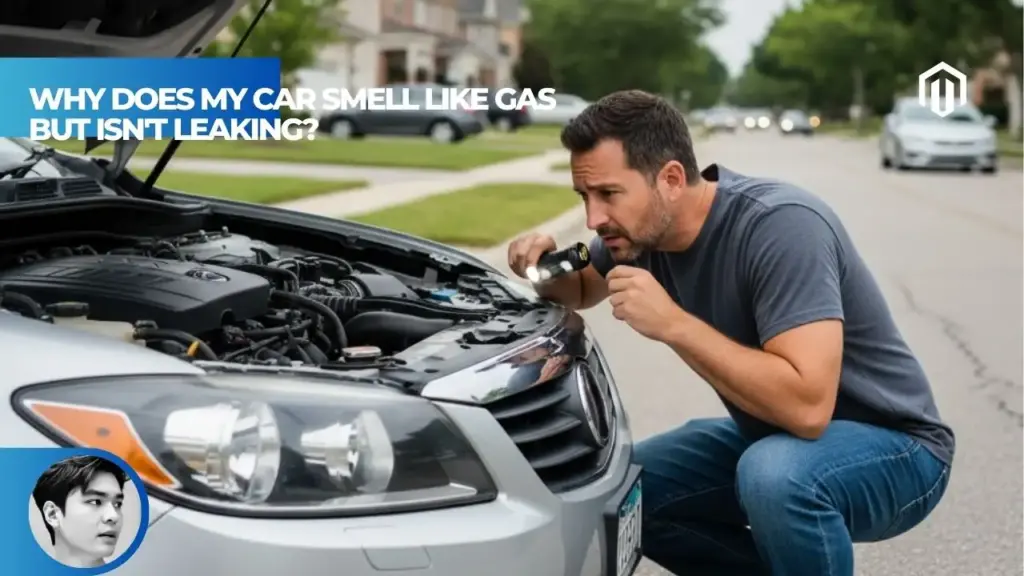You may also like:
Audi cars are manufactured by Audi AG, a wholly-owned subsidiary of Volkswagen Group since the company became 100% VW-owned through a squeeze-out in 2020, completing an acquisition process that began in 1964. While Audi maintains its distinct luxury brand identity with headquarters in Ingolstadt, Germany, it operates as a key pillar within the Volkswagen Group structure alongside other premium brands like Porsche, Bentley, and Lamborghini, with production facilities spanning 21 locations across 12 countries[1].
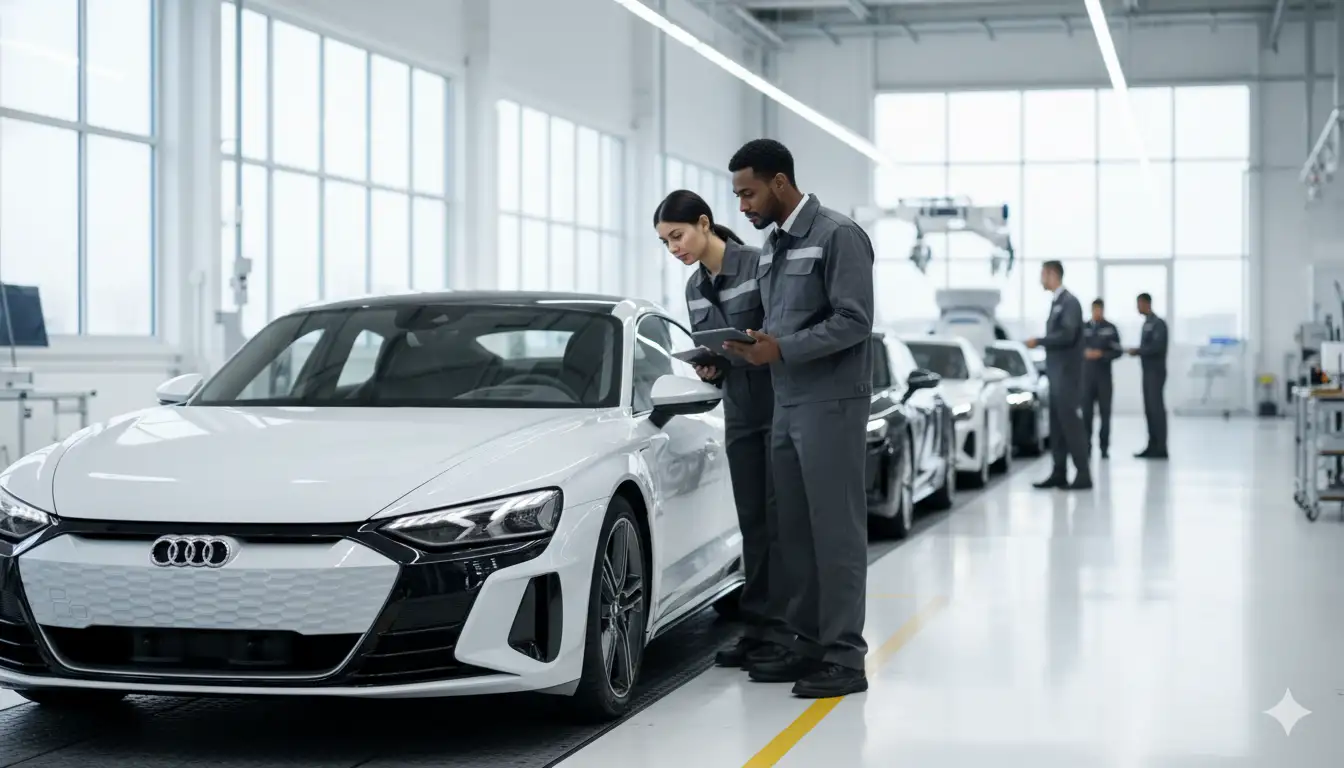
Who Makes Audi Cars – The Direct Corporate Answer
Understanding Audi’s ownership structure requires examining the complex relationship between the luxury brand and its parent company. According to Autvex’s analysis of German automotive corporate structures, this arrangement allows Audi to maintain brand independence while leveraging massive group resources.
Who is the Parent Company of Audi
Volkswagen AG serves as Audi’s parent company, holding 100% ownership of Audi AG following the completion of a squeeze-out process in 2020. This parent-subsidiary relationship means Volkswagen AG controls all strategic decisions while allowing Audi operational autonomy for brand-specific development and marketing[2].
The ownership structure breaks down as follows:
- Volkswagen AG: 100% owner of Audi AG
- Previous structure: 99.64% VW-owned with 0.36% public float
- Squeeze-out completed: March 2020
- Stock delisting: Audi removed from public trading
- Corporate status: Wholly-owned subsidiary
Is Audi Owned by Volkswagen Group
Yes, Audi is completely owned by the Volkswagen Group, functioning as one of its core premium brands within the Progressive brand group structure. This ownership extends beyond simple shareholding—Audi is fully integrated into VW Group’s operational framework while maintaining distinct brand positioning[1].
The integration encompasses:
- Financial consolidation into VW Group reports
- Shared technology platforms and components
- Coordinated research and development
- Joint purchasing agreements for economies of scale
- Unified emissions and safety standards compliance
When Did Volkswagen Buy Audi
Volkswagen’s acquisition of Audi occurred in stages between 1964 and 1969, marking the beginning of modern Audi as we know it today. The purchase rescued Auto Union from Daimler-Benz ownership and established the foundation for Audi’s luxury car development[3].
Timeline of VW’s Audi acquisition:
- 1964: VW purchases Auto Union GmbH from Daimler-Benz
- 1965: Auto Union becomes VW subsidiary
- 1969: Auto Union merges with NSU Motorenwerke
- 1985: Company renamed to Audi AG
- 2020: Final 0.36% minority shares acquired
Who Owned Audi Before Volkswagen
Before Volkswagen’s ownership, Audi’s predecessors experienced multiple ownership changes reflecting Germany’s turbulent 20th-century history. The original Auto Union formed in 1932 through the merger of four Saxon automobile manufacturers[4].
Pre-Volkswagen ownership progression:
- 1932-1945: Auto Union AG (merger of Audi, DKW, Horch, Wanderer)
- 1945-1948: Soviet occupation and asset seizure
- 1949-1958: Auto Union GmbH re-established in Ingolstadt
- 1958-1964: Daimler-Benz AG ownership
- 1964-present: Volkswagen Group ownership
Audi AG Brand Identity and History
The four-ring logo and “Vorsprung durch Technik” slogan embody Audi’s heritage spanning over a century of German automotive innovation.
Who Founded Audi
August Horch founded the original Audi company in Zwickau on July 16, 1909, after leaving his first company that bore his name due to management disputes. The Audi name itself derives from the Latin translation of “Horch,” meaning “listen” in German[5].
Horch’s founding legacy includes:
- First company: A. Horch & Cie (1899)
- Departure reason: Board disagreements
- New company: Audi Automobilwerke (1909)
- Name origin: Latin translation suggestion by Franz Fikentscher’s son
- Initial focus: Luxury automobile manufacturing
August Horch Audi Founder
August Horch’s entrepreneurial journey shaped German luxury car development through two separate companies. Like Audi’s later quattro innovation, Horch pioneered technical advances that defined premium automobiles[6].
Horch’s automotive contributions:
- Engineering background: Trained under Carl Benz
- First Horch car: 1901 with innovative shaft drive
- Audi founding: 1909 after forced departure
- Technical innovations: Advanced engine designs
- Market position: Premium segment focus
- Death: 1951, witnessing Auto Union’s formation
History of Auto Union
Auto Union’s 1932 formation created Germany’s second-largest automobile manufacturer through strategic consolidation during economic crisis. The merger united four struggling Saxon car makers into a powerful conglomerate[4].
The four founding companies were:
- Audi: Luxury cars with inline engines
- DKW: Two-stroke motorcycles and cars
- Horch: Ultra-luxury V8 and V12 models
- Wanderer: Mid-range six-cylinder vehicles
Auto Union achievements:
- Market share: 20% of German car production
- Racing success: Dominated Grand Prix with Mercedes
- Innovation: Front-wheel drive pioneering
- Employment: 23,000 workers by 1938
Meaning of the Four Rings Audi Logo
The four interlocking rings represent the 1932 Auto Union merger, with each ring symbolizing one founding company: Audi, DKW, Horch, and Wanderer. This logo remains unchanged since its creation, making it one of automotive history’s most enduring symbols[5].
Logo design elements:
- Equal-sized rings: Representing equal partnership
- Interlocking pattern: Symbolizing unity
- Chrome finish: Premium brand positioning
- Continuous use: Since 1932 (briefly discontinued 1945-1949)
- Legal protection: Trademarked worldwide
Audi Slogan Vorsprung durch Technik
“Vorsprung durch Technik” (Progress through Technology) became Audi’s defining slogan in 1971, originally promoting the advanced NSU Ro 80. This phrase encapsulates Audi’s engineering philosophy and remains globally recognized despite its German language[6].
Slogan impact and usage:
- International recognition: Used untranslated globally
- Brand association: 89% awareness among car buyers
- Technical credibility: Reinforces engineering reputation
- Marketing consistency: 50+ years continuous use
- Cultural penetration: Referenced in popular media
Volkswagen Group Structure and Portfolio
The Volkswagen Group operates as Europe’s largest automaker with a complex multi-brand strategy spanning economy to ultra-luxury segments.
Volkswagen Group Brands List
Volkswagen Group encompasses twelve major automotive brands plus additional mobility services. Comparing across brands like Audi and competitors shows VW Group’s market coverage[7].
Complete VW Group brand portfolio:
Passenger Cars:
- Volkswagen (volume brand)
- Audi (premium/luxury)
- SEAT (Spanish value-oriented)
- CUPRA (SEAT’s performance brand)
- Škoda (Czech value brand)
- Bentley (British ultra-luxury)
- Lamborghini (Italian supercar)
- Porsche (sports car specialist)
- Ducati (Italian motorcycles)
Commercial Vehicles:
- Volkswagen Commercial Vehicles
- MAN (trucks and buses)
- Scania (Swedish heavy trucks)
Relationship Between VW and Audi
The VW-Audi relationship operates through strategic differentiation within shared platforms, allowing cost efficiencies while maintaining distinct market positions. This synergy drives profitability across both brands[1].
Relationship dynamics include:
- Platform sharing: MQB, MLB, and PPE architectures
- Technology transfer: Innovations flow both directions
- Market positioning: VW mainstream, Audi premium
- Dealer networks: Generally separate showrooms
- Component sourcing: Shared suppliers and parts
Brands Under the Volkswagen Umbrella
According to Autvex’s analysis, VW Group’s brand organization follows a three-pillar structure optimizing operational synergies while preserving brand identities[8].
Brand group organization:
Core Volume Brands:
- Volkswagen, SEAT/CUPRA, Škoda
- Focus: Mass market efficiency
Progressive Brands:
- Audi, Lamborghini, Bentley, Ducati
- Focus: Premium and luxury innovation
Sport & Luxury:
- Porsche (maintains independence)
- Focus: Performance and exclusivity
Audi Sister Companies (Porsche, Lamborghini, Bentley)
Audi’s sister companies within VW Group create synergies through shared technologies while targeting distinct customer segments. [Audi’s sports car development] benefits from this cross-pollination[9].
Sister brand relationships:
- Porsche: Platform sharing (PPE for electric vehicles)
- Lamborghini: Audi subsidiary since 1998, shares V8/V10 engines
- Bentley: Managed by Audi since 2021, shares W12 technology
- Ducati: Audi-owned since 2012, technology exchange
Audi AG Subsidiaries (Lamborghini, Ducati)
Audi directly owns two prestigious Italian brands, managing them as subsidiaries while preserving their unique characters. This ownership structure allows Audi to expand beyond automobiles[1].
Subsidiary details:
Lamborghini (Automobili Lamborghini S.p.A.):
- Acquired: 1998 for $110 million
- Headquarters: Sant’Agata Bolognese, Italy
- Products: Supercars (Huracán, Revuelto)
- Annual production: ~9,000 units
Ducati (Ducati Motor Holding S.p.A.):
- Acquired: 2012 for €860 million
- Headquarters: Bologna, Italy
- Products: Premium motorcycles
- Annual production: ~60,000 units
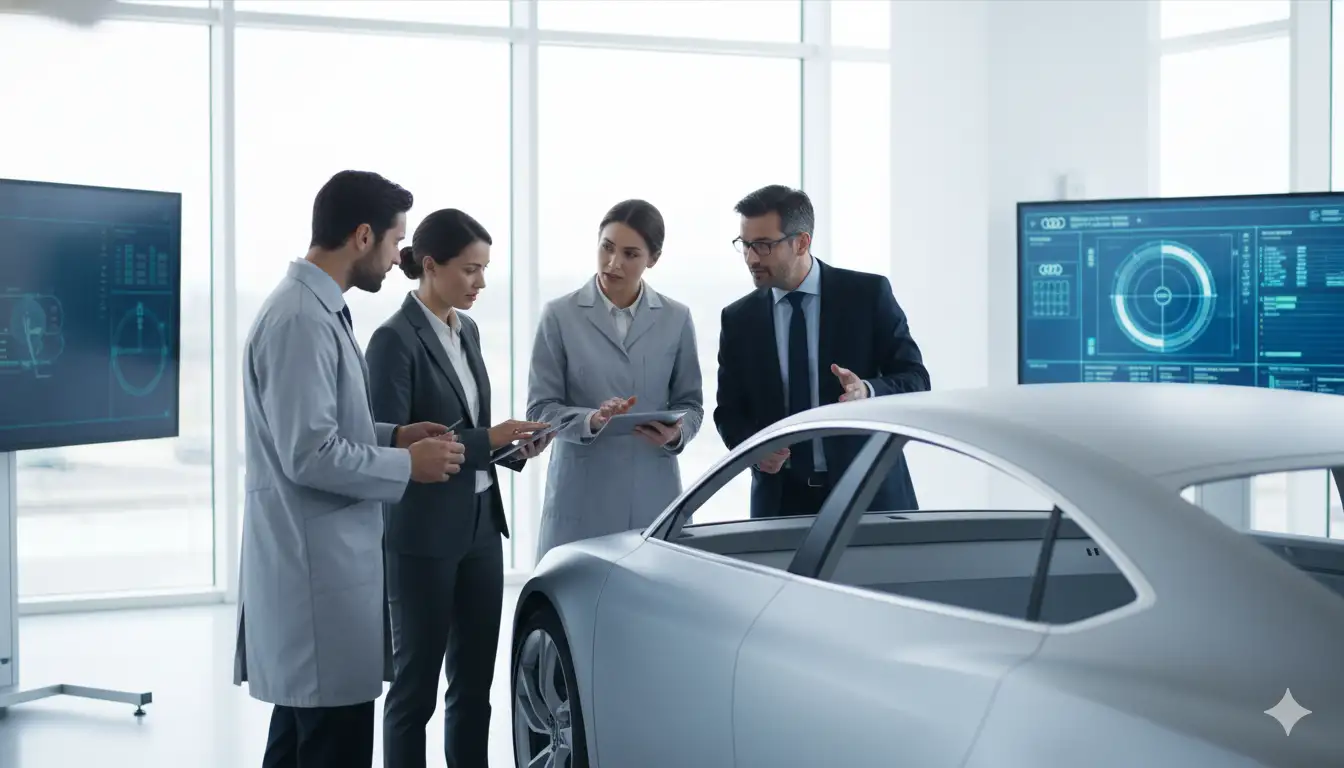
Global Manufacturing and Production Facilities
Audi’s manufacturing network spans continents, balancing German engineering heritage with global market proximity.
Where Are Audi Cars Manufactured
Audi operates 21 production facilities across 12 countries, manufacturing vehicles tailored to regional preferences while maintaining consistent quality standards. This global footprint enables local production for major markets[10].
Manufacturing distribution by region:
- Europe: 11 facilities (Germany, Belgium, Spain, Slovakia, Hungary)
- Asia: 7 facilities (China, India, Thailand)
- Americas: 3 facilities (Mexico, Brazil)
Production volume by region (2024):
- Germany: 45% of global production
- China: 35% of global production
- Rest of World: 20% of global production
Audi Ingolstadt Plant Production
The Ingolstadt headquarters serves as Audi’s largest production facility, employing over 44,000 people and producing approximately 450,000 vehicles annually. This site represents Audi’s technical and manufacturing heart[11].
Ingolstadt production includes:
- Models: A3, A4, A5, Q2
- Capacity: 2,500 vehicles daily
- Area: 545 hectares
- Employees: 44,000+
- Special features: Engine production, technical development center
- Sustainability: Carbon-neutral production since 2024
Audi Neckarsulm Plant Models
Neckarsulm specializes in Audi’s flagship and performance models, including the prestigious R8 supercar. This facility demonstrates Audi’s high-end manufacturing capabilities[10].
Neckarsulm production portfolio:
- Current models: A4, A5, A6, A7, A8, R8, e-tron GT
- Employees: 17,000
- Founded: 1873 (as NSU)
- Audi production since: 1969
- Specialty: Aluminum Space Frame construction
- R8 Manufactory: Hand-built supercar production
Audi Plants Outside Germany (Mexico, Hungary)
International production facilities enable local market optimization while maintaining Audi quality standards. These facilities contribute to Audi’s reliability through consistent manufacturing processes[12].
Key international facilities:
Győr, Hungary:
- Models: Q3, TT (discontinued 2023)
- Engine production: 1.9 million annually
- Employees: 13,000
- Investment: €11 billion since 1993
San José Chiapa, Mexico:
- Models: Q5 exclusively
- Capacity: 150,000 annually
- Opened: 2016
- Market focus: Americas
Brussels, Belgium:
- Models: Q8 e-tron
- Specialty: Electric vehicle production
- Carbon-neutral: Since 2018
FAW-VW Joint Venture China Audi
China production operates through FAW-Volkswagen joint venture, required by Chinese regulations for foreign automakers. This partnership enables access to the world’s largest automotive market[13].
Chinese production network:
- Changchun: A4 L, A6 L, Q5 L, e-tron
- Tianjin: Q3
- Qingdao: A3
- Foshan: Q2 L, Q4 e-tron
- Anting: A7 L, Q5 e-tron
- Ningbo: Q6 (upcoming)
Market significance:
- Sales volume: 700,000+ units annually
- Market share: 35% of Audi global sales
- Local content: 95% Chinese-sourced parts
- Model strategy: Long-wheelbase variants
Shared Platforms and Engineering
Platform sharing represents the cornerstone of Volkswagen Group’s efficiency strategy, enabling cost reduction while maintaining brand differentiation.
Shared Platforms Between Audi and Porsche
Audi and Porsche collaborate on Premium Platform Electric (PPE) for next-generation electric vehicles. This partnership combines Porsche’s performance expertise with Audi’s luxury refinement[14].
Platform sharing examples:
PPE Platform (Electric):
- Audi: Q6 e-tron, A6 e-tron
- Porsche: Macan Electric, Cayenne Electric
- Development cost: €1 billion shared
MLB Evo Platform (Combustion):
- Audi: A4, A5, A6, A7, A8, Q5, Q7, Q8
- Porsche: Previous Cayenne generation
- Benefit: 30% development cost reduction
Does Volkswagen Build the Engines for Audi
While Audi designs its own engines, manufacturing occurs across VW Group facilities with extensive component sharing. Audi’s diesel engines exemplify this collaborative approach[11].
Engine development structure:
- Design responsibility: Audi for premium applications
- Manufacturing: Shared VW Group facilities
- Component sourcing: Group-wide suppliers
- Base architectures: Often shared with modifications
- Performance tuning: Brand-specific calibrations
Examples of shared engines:
- 2.0 TFSI: Used across VW, Audi, SEAT, Škoda (different outputs)
- 3.0 TDI V6: Audi-developed, used in VW Touareg
- W12: Developed for Audi/Bentley applications
Audi AG Headquarters Location
Audi AG maintains its headquarters in Ingolstadt, Bavaria, approximately 80 kilometers north of Munich. This location serves as the nerve center for global operations[1].
Headquarters functions:
- Corporate administration
- Technical development center
- Design studios
- Quality assurance center
- Marketing headquarters
- Financial services division
Address: AUDI AG, 85045 Ingolstadt, Germany
Employees at headquarters: 44,000+
Audi Production Facility Locations Worldwide
Audi’s 21 global production sites reflect strategic market positioning and manufacturing efficiency. According to Autvex data, this network produces over 1.9 million vehicles annually[10].
Complete global facility list:
Europe:
- Ingolstadt, Germany (A3, A4, A5, Q2)
- Neckarsulm, Germany (A6, A7, A8, R8, e-tron GT)
- Zwickau, Germany (Q4 e-tron)
- Brussels, Belgium (Q8 e-tron)
- Martorell, Spain (A1)
- Győr, Hungary (Q3, engines)
- Bratislava, Slovakia (Q7, Q8)
Asia:
- Changchun, China (A4 L, A6 L, Q5 L)
- Tianjin, China (Q3)
- Qingdao, China (A3)
- Foshan, China (Q2 L, Q4 e-tron)
- Anting, China (A7 L)
- Chhatrapati Sambhaji Nagar, India (A4, A6, Q3, Q5, Q7)
- Amphur Pluakdaeng, Thailand (CKD assembly)
Americas:
- San José Chiapa, Mexico (Q5)
- São José dos Pinhais, Brazil (Q3)
- Manaus, Brazil (components)
Affiliated Production:
- Crewe, England (Bentley models)
- Sant’Agata Bolognese, Italy (Lamborghini)
- Bologna, Italy (Ducati motorcycles)
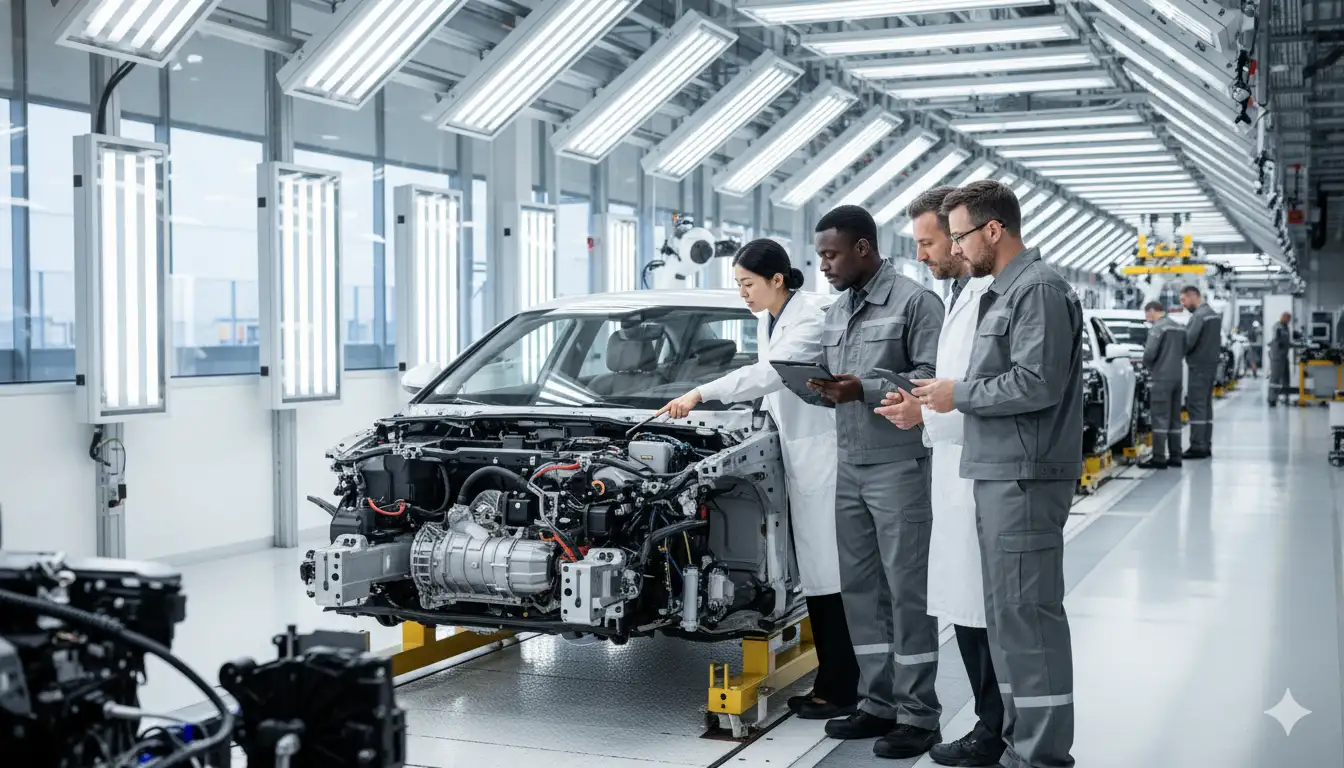
Key Takeaways
- Audi AG is 100% owned by Volkswagen Group following 2020 squeeze-out completion
- Founded by August Horch in 1909, Audi name means “listen” in Latin
- Four rings logo represents Auto Union merger of Audi, DKW, Horch, Wanderer in 1932
- 21 production facilities across 12 countries manufacture Audi vehicles globally
- Ingolstadt and Neckarsulm Germany remain primary production centers
- Platform sharing with VW Group brands enables cost efficiency while maintaining premium quality
- Audi owns Lamborghini and Ducati as direct subsidiaries expanding brand portfolio
Decision Path / Next Steps
- For Car Buyers: Research specific Audi models to understand which VW Group platform they share and potential cost savings through common parts. Compare Audi sedan options against sister brands like VW for value assessment. Visit both Audi and VW dealerships to experience the brand differentiation firsthand. Consider certified pre-owned Audis benefiting from VW Group’s extensive dealer network.
- For Business Students: Study Volkswagen Group’s multi-brand strategy as a case study in corporate structure optimization. Analyze how platform sharing enables premium pricing while controlling costs. Research the 2015 diesel emissions scandal’s impact on group structure and governance. Examine how Audi maintains brand identity within corporate constraints.
- For Automotive Enthusiasts: Explore how Audi technology innovations like quattro all-wheel drive influenced other VW Group brands. Investigate Audi’s performance models sharing components with Lamborghini. Track upcoming PPE platform vehicles showing Audi-Porsche collaboration. Join Audi forums to understand owner perspectives on VW ownership benefits and drawbacks.
FAQs
Is Audi a luxury brand of Volkswagen?
Yes, Audi is Volkswagen Group’s primary luxury brand, positioned above VW but alongside Porsche, operating as a wholly-owned subsidiary since the 1960s.
Does Volkswagen build the engines for Audi?
Audi designs and manufactures its own engines, though some engines are shared across VW Group brands with different tuning and specifications.
What other car brands does the Volkswagen Group own?
VW Group owns Volkswagen, Audi, Porsche, Bentley, Lamborghini, Ducati, SEAT, CUPRA, Škoda, and commercial vehicle brands MAN and Scania.
Is Porsche owned by Audi or Volkswagen?
Porsche is owned directly by Volkswagen Group (75% stake), not by Audi, though both are sister companies under VW Group.
Where exactly are most Audi cars made?
Most Audi cars are manufactured in Ingolstadt and Neckarsulm, Germany, with additional plants in Hungary, Mexico, China, and other countries.
Does Audi still build cars in its original factory?
Yes, Audi still operates in Ingolstadt, though this isn’t the original Auto Union location but rather a facility established in 1964.
How many brands are under the Volkswagen Group?
Volkswagen Group owns 12 major brands including passenger cars (VW, Audi, Porsche, etc.) and commercial vehicles (MAN, Scania).
When was Audi founded as a company?
The modern Audi AG traces to 1964-1969 acquisitions, but the original Audi company was founded by August Horch in 1909.
Is Skoda part of the same company as Audi?
Yes, Škoda is owned by Volkswagen Group (100% since 2000), making it a sister company to Audi under the same corporate umbrella.
References
- Volkswagen Group. (2024). Structure and Business Activities – Annual Report 2024. https://annualreport2024.volkswagen-group.com/group-management-report/structure-and-business-activities.html
- Autovista24. (2020). VW Group to take full stake in Audi as profits soar. https://autovista24.autovistagroup.com/news/vw-group-take-full-stake-audi-profits-soar/
- Wikipedia. (2025). Volkswagen Group. https://en.wikipedia.org/wiki/Volkswagen_Group
- Wikipedia. (2024). Auto Union. https://en.wikipedia.org/wiki/Auto_Union
- Audi Egypt. (2022). 1932: Four rings – four brands. https://www.audi-eg.com/en/1932/
- Audi MediaCenter. (2024). The history of AUDI AG. https://www.audi.com/en/company/profile/audi-tradition/company-history/
- Volkswagen Group. (2025). Brands & Brand Groups. https://www.volkswagen-group.com/en/brands-and-brand-groups-15811
- Audi. (2024). Progressive brand group restructured. https://www.audi.com/en/company/profile/brand/new-premium-group/
- Volkswagen Group. (2020). Structure and Business Activities. https://annualreport2020.volkswagenag.com/group-management-report/structure-and-business-activities.html
- SlashGear. (2024). Who Makes Audi Cars And Where Are They Built? https://www.slashgear.com/1694458/who-makes-audi-cars-where-are-they-built/
- Audi MediaCenter. (2025). Production Sites. https://www.audi-mediacenter.com/en/sites-194
- Dubai Sport Car Rentals. (2024). Where Are Audi Cars Made: A Global Production Overview. https://dubaisportcarrentals.ae/blog/where-are-audi-cars-made/
- Audi. (2024). Locations of the Audi Group. https://www.audi.com/en/company/strategy/locations/
- Volkswagen Group. (2022). The History of Audi. https://www.volkswagen-group.com/en/the-history-of-the-brands-17668/the-history-of-audi-17672

I am a senior automotive analyst at Autvex. Expert vehicle evaluations, in-depth reviews, and objective analysis helping readers make informed automotive decisions with years of industry experience.

